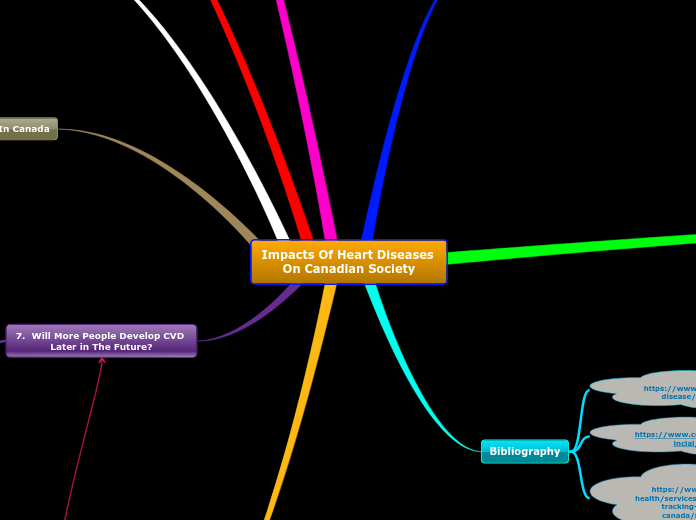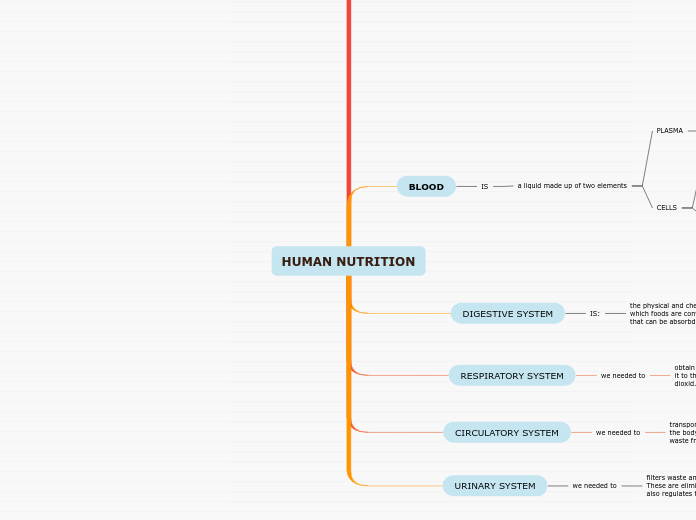jonka Jacob Blackmore 3 vuotta sitten
151
Impacts Of Heart Diseases On Canadian Society
Heart diseases significantly impact Canadian society, with variations in mortality rates observed across different provinces and territories. Nunavut boasts one of the lowest mortality rates in Canada, second only to France globally.









